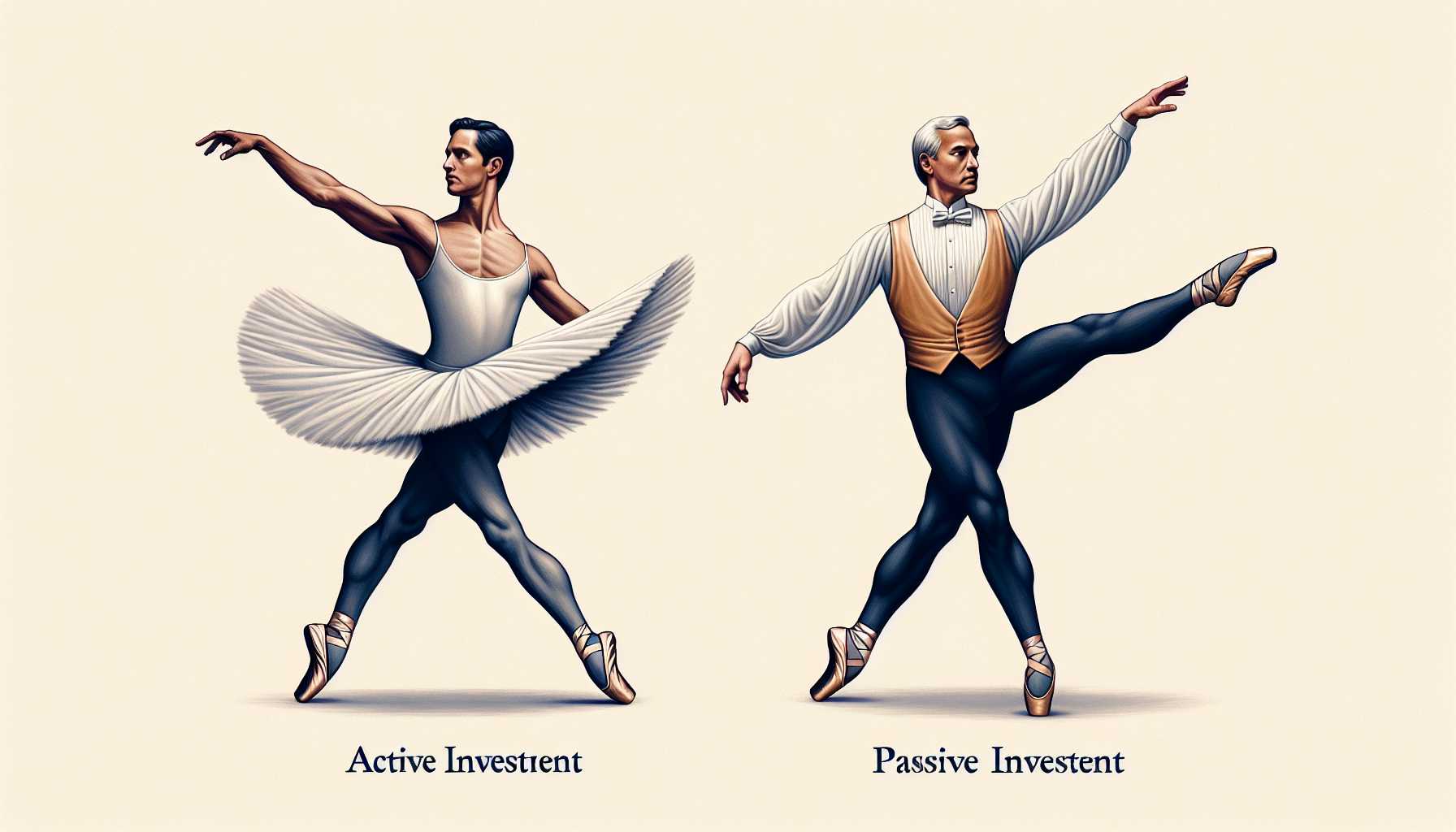The Marvels and Missteps of Tech’s Magnificent Seven

The spotlight rarely dims on the high-flying tech giants, affectionately—or perhaps aspirationally—dubbed the Magnificent Seven. With their combined market might posing as a beacon for dubious investors during shaky economic salsa dances, the likes of Nvidia, Microsoft, Apple, Amazon, Google, Meta, and Tesla are often viewed through a bifocal lens of both admiration and skepticism.
Marc Lasry, a battle-scarred veteran in the world of credit markets, recently chimed in at the Milken Institute Global Conference, warning of the perils of overcrowding into these glittering tech names. In the first quarter alone, these seven heavyweights hauled a whopping 37% of the S&P 500’s gains—a statistic as exhilarating as it is unnerving for savvy market aficionados.
However, the affable Apollo CEO Marc Rowan provided a counter-breath, tossing a lifeline to stock-pickers sailing in turbulent passive investing seas. He presented a wider lens, highlighting the iceberg-sized ecosystem below the public market surface—an empire of private companies responsible for most revenue and jobs, comparatively untouched by the magnetic pull of the Magnificent Seven.
The Value vs. Growth Showdown: David Einhorn Weighs In

While the tech titans lead the charge in stock market narratives, a subplot worth some popcorn involves the slow-burning drama between growth and value investing. David Einhorn, the renowned hedge-fund commander at Greenlight Capital, isn’t buying the passive investing and growth-heavy story hook, line, and sinker.
On the “Masters in Business” podcast, Einhorn dusted off the portraits of investing forefathers Warren Buffett and Benjamin Graham to lament the passive investing boom’s crushing effect on the art of value hunting. The stats paint a grim picture for the value strategy gang, with their index trailing the Russell 1000 remarkably and consistently. Has the golden age of bargain bin dives ended, swept away by the relentless tidal wave of passive indexing?
Yet amid the passive pandemonium, active investing wolves have yet to be chased from the forest, Bloomberg Intelligence analysts observe. Their comprehensive data dive sees hope for those betting against the passive giants—the least-owned stocks outperforming their counterparts. A twist in the tale, perhaps, suggesting the market is more a tangled web than a straightforward narrative.
Nintendo Switches Gears Amid Slowdown

Straying from the traditional grandiose theater of stocks and investments, we find our beloved gaming stalwart, Nintendo. Not even the gaming goliath is immune to the sluggishness snaking through the sector. Facing a sales and earnings decline, the Kyoto giant forecasts a rather cautious future, hinting a potential delay for the eagerly anticipated Nintendo Switch 2 deep into the financial year of 2025.
This sober projection, nonetheless, still proudly perched atop an impressive 140 million units sold thus far for the Switch, is a testament to Nintendo’s enduring legacy, and resilience in the face of an industry-wide cooldown.
The Active vs. Passive Investing Ballet

Let’s pirouette back to the investing stage, where the active versus passive ballet continues to enchant and befuddle investors alike. In this arena, the passive funds, often portrayed as goliaths, march in unison to the rhythm set by trading trends. But beneath the choreographed ETF movements, active investors still call the shots, with dynamic players leveraging ETFs to craft bespoke portfolios.
In this dance, passive investing is often cast as the villain, accused of snuffing out value investors’ flames. Sr. Rich Weiss, CIO at American Century Investment Management, questions this narrative, challenging the sudden emergence of this index juggernaut as the all-disfiguring force it’s made out to be.
The Road Ahead: The Value Prophecy Awaits Fulfillment

As narratives weave and intertwine, David Einhorn stands on his tower, spyglass in hand, forecasting a horizon rich with deep value targets—companies underrated by a market enamored with the eternal charms of growth stocks. The prophecy suggests an impending renaissance, where the undervalued will rise, rewarded for their intrinsic worth rather than the whims of fleeting market trends.
Lamar Villere, a portfolio manager at Villere & Co., echoes a sentiment of poetic justice: The market, seemingly broken to the out-of-fashion investor, is merely a shifting landscape that hasn’t caught up with rewarding value as promptly as before.
The tech titans’ dance atop the market podium and the ebb and flow between active and passive investing schools offer a complex, vibrant tapestry for investors to interpret. As they chase the tune set by the Magnificent Seven, one must ponder—will the deep value’s quietude eventually crescendo into triumphant melody, or will the gentle hum of growth’s promise continue to reverberate strongest in the concert halls of Wall Street?
Whether bearing witness to tech’s Tango of Titans or the Swaying Stocks Symphony, as a tech investor and aficionado, I sip my coffee, watching the performance unfold. Entertaining? Absolutely. Exhilarating? Without a doubt. And always, incontrovertibly educational.
